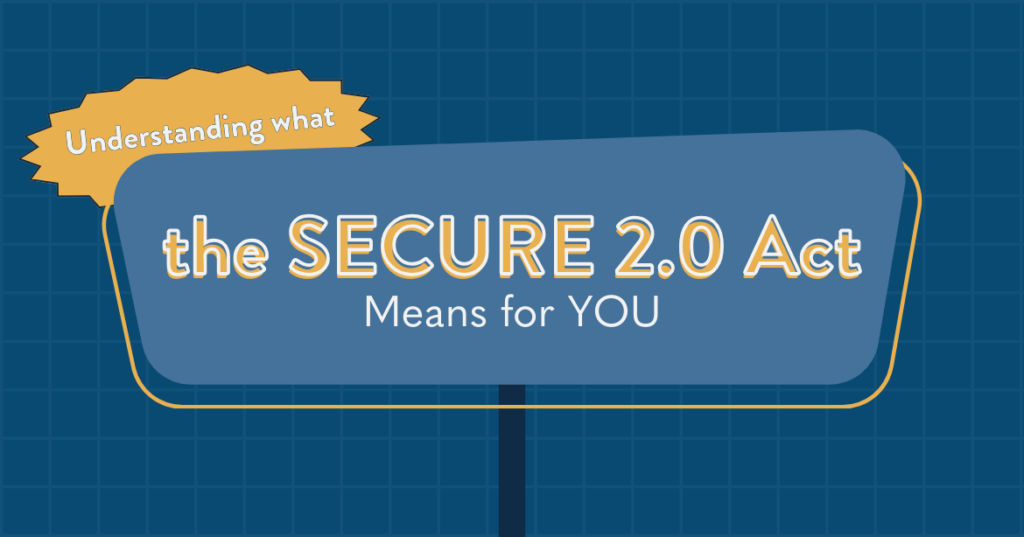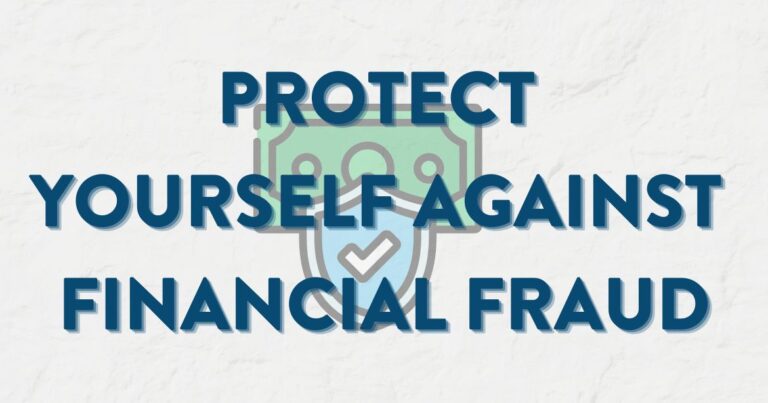I don’t know about you, but I’ve gotten used to Congress passing bills with catchy names that tell me nothing about what’s actually in them. And digging into the content can drive you straight to a headache trying to decipher all that legislative lingo.
Some of the new rules from the recently passed SECURE 2.0 Act take effect in 2024, so I want to break down how they could impact your retirement, college savings plans, and more.
New 401(k) and 403(b) Options for Savers Over 50
One big change is higher catch-up contribution limits for people 50 and over. Right now, you can sock away an extra $7,500 per year. But starting in 2025, if you’re between ages 60-63, you’ll be able to contribute a whopping $10,000 more annually (if you have the income to support it). According to a Bankrate survey, more than half, 56%, of working Americans say they are behind the ball when it comes to saving for their retirement, including 37% who reported feeling “significantly behind.” This change could make a huge difference for older Americans who need to propel their retirement savings.
Your Company Could Auto-Enroll You in Retirement Savings
You previously had to opt-in to workplace retirement savings plans, but now employers can automatically enroll you, contributing 3% of your salary. You can opt-out if you really don’t want to participate, but auto-enrollment aims to boost savings rates across the board. This is another game-changing adjustment that could make a significant impact on what many are calling a retirement crisis.
Let me be clear: time is a finite resource, and it’s one of the most powerful you can harness to help you build toward financial independence. Auto-enrollment in employer plans can help your hard-earned savings compound and grow before you even know it. New jobs often come with overwhelming amounts of decisions and paperwork, and enrollment can take a back seat as something that can be “taken care of later.” What you don’t realize in delaying, or not participating at all, is the amount of compounding growth you could be missing. This auto-enrollment is a great step to help ensure you’re making progress toward financial independence.
Could Your Employer Match Your Student Loan Payments?
In a surprising addition to SECURE 2.0, companies could start matching your student loan payments using the same formula as their retirement plan matching contributions. So, if you make $100k and your employer matches 3%, they could potentially contribute up to $3,000 per year into your workplace retirement plan. This helps you avoid losing precious time saving for retirement while you prioritize paying off your loans. It could be a great step in the right direction to help those in the majority who feel they’re behind on savings, especially for the younger generations.
Retirement Account “Emergency” Withdrawals: Too Good to be True?
You’ll soon be able to take out up to $1,000 from retirement accounts penalty-free for emergency costs. While this may sound like all “sunshine and rainbows” initially, but I’m skeptical about this new provision. First of all, you have to replace the funds within 3 years, or you can’t use that option again. This requirement helps limit over withdrawing, but it can still be a slippery slope. Taking money out of your retirement accounts while still working is a bad habit to build.
New 529 Plan Rollover Option into a Roth IRA
If your 529 college savings plan has been open for over 15 years, you can roll leftover funds into a Roth IRA for the beneficiary’s retirement. So, say your child got a few scholarships and didn’t use up all the funds in the 529 plan. Now, you can roll those leftover funds into an IRA in their name and give them a head start on retirement savings. Starting their journey to financial independence while they’re young is a great gift, and we’re big fans of this provision.
Granted, the plan must have been open for at least 15 years to qualify, and contributions over 5 years old can transfer tax and penalty-free. Any newer contributions, however, don’t qualify and aren’t eligible for transfer. Transfers are subject to annual contribution limits, and the lifetime limit for rollover is $35,000. The beneficiary also has to have earned income at least equal to the rollover amount.
An Alternative Emergency Savings Fund Alongside Your Retirement
Eligible employees making $150,000 or less could divert up to $2,500 into an emergency savings account through their company’s payroll system. You get penalty-free access to the funds for the first 4 withdrawals per year, and depending on your employer’s plan setup, matching may be allowed.
I do see this possibly becoming a bit complex, if I’m honest. In theory, any way you can save is great, and if you’re one of the lucky ones to actually have a match on this type of emergency savings, definitely don’t pass up free money. Otherwise, just open your own separate high-yield savings account!
What does this mean for you? More tools are coming for both retirement and education savings. For small business owners, SECURE 2.0 also opens the door to Roth options in our company plans. I’ll keep you posted as more details around implementation shake out, but if you have any questions about how this could impact your financial independence, click here and reach out. We’re always happy to help you navigate the ever-changing landscape of financial planning, and you deserve to understand the options available to you (without having to reach for the Advil).
The opinions voiced in this material are for general information only and are not intended to provide specific advice or recommendations for any individual.




